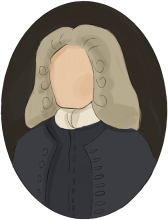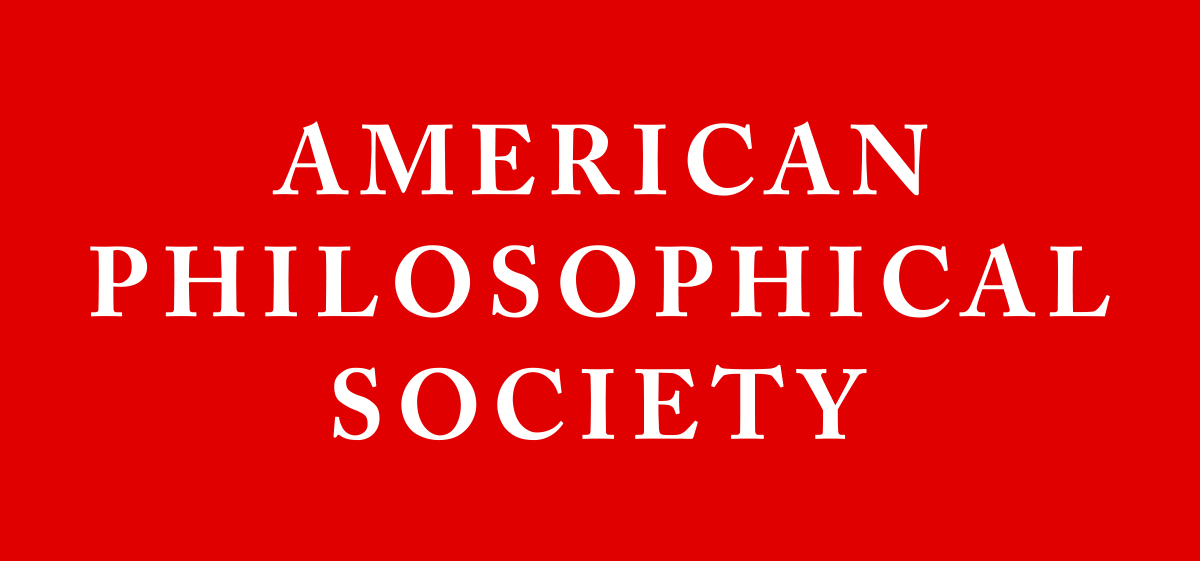John Clayton (25)
Election date: 1744Elected to the original American Philosophical Society.

John Clayton (1694–15 December 1773) was a botanist, planter, and public official and a member of the American Philosophical Society, elected in 1744. Born and educated in Fulham, England, he had immigrated by 1720 to Virginia, where his father was the colony’s attorney general. Clayton served for over fifty years as clerk of Gloucester County, Virginia, and ran a 450-acre plantation containing a botanical garden. Inspired by his grandfather, a Royal Society fellow also named John Clayton, the younger Clayton assiduously collected American plants. He corresponded with APS members like John Bartram, John Mitchell, and Alexander Garden and with European naturalists like Mark Catesby, Carolus Linnaeus, and Johann Friedrich Gronovius, to whom he sent numerous specimens. Gronovius published Clayton’s “catalogue of plants and trees native to Virginia” in his Flora Virginica (1739–1743; 1762). A landmark work of Linnaean classification subsequently utilized by Linnaeus himself, this publication secured Clayton’s international reputation for painstaking observations and accurate identifications. He was elected to the Swedish Royal Society of Science and served as first president of the Virginia Society for the Promotion of Useful Knowledge, an organization modeled on the APS. Thomas Jefferson reportedly deemed him “America’s first botanist,” while Peter Collinson called him “the Great Botanist of America.” (PI, ANB, DNB, DAB)
Publication: Lugduni Batavorum [Leiden, Netherlands]: Apud Cornelium Haak, 1739-1743.
Subjects:Botany -- Virginia.
